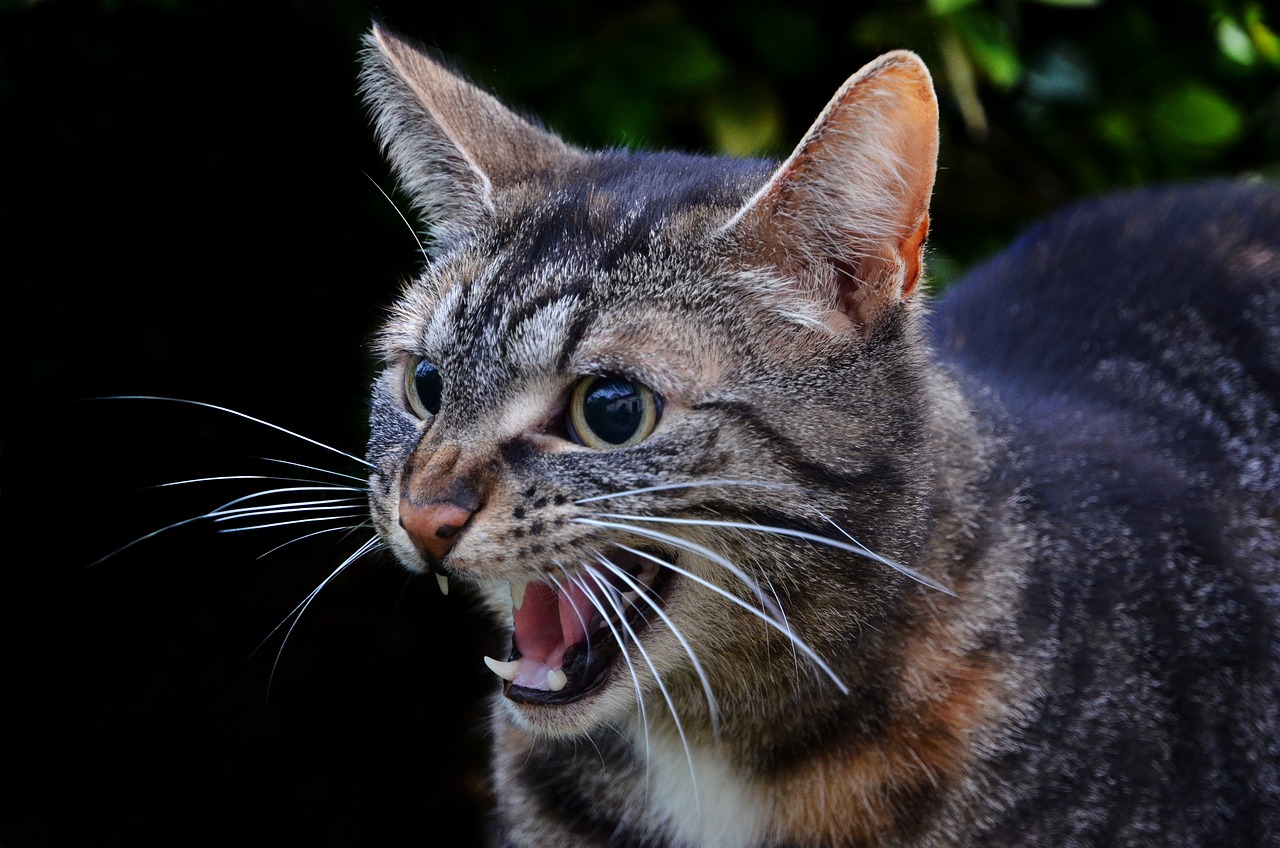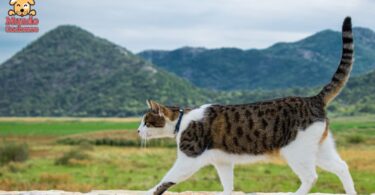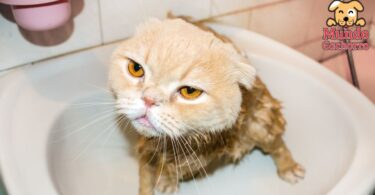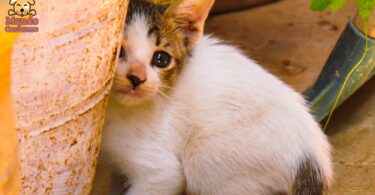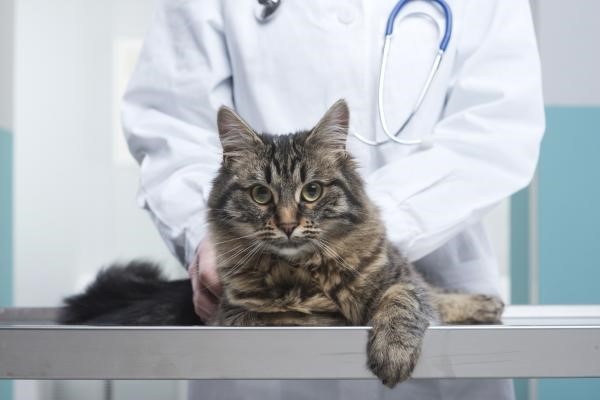
Cats are widely known to hide the symptoms of disease until the end, often making successful treatment difficult.
However, they are not able to disguise them all, and it is usually their behavior that “betrays” them.
Tail dragging, also known as scooting, is one of the symptoms that appear when the feline is suffering from a problem related to parasites, itching, allergies or even anal glands.
For this reason, it is necessary to delve deeper into the information surrounding “if your cat drags its tail, it has this disease“, to get a solution before your kitty’s health is affected.
Parasites
As with dogs, the appearance of scooting in cats is a clear indication that they may have an infestation of both external and internal parasites.
With the external parasites such as fleas and mites, this behavior is often accompanied by excessive licking and biting of the cat’s rear area, including the tail and paws.
With internal parasites, whose main representatives are gastrointestinal parasites, tail dragging is usually the most persistent symptom, but not the only one.
In addition to being accompanied by desperate scratching, gastrointestinal parasites can also gastrointestinal parasites can cause serious damage to the feline and manifest themselves through vomiting, among other symptoms that indicate a serious state of health.
Allergies and itching
Allergies and pruritus, the term used for itchy skin, are other causes of scooting in felines.
Itching of the skin, mainly in the rear area of the animal, can be due to multiple reasons, including the presence of parasites These include the presence of parasites, skin problems, wounds in the area, bacterial infections, allergies, neoplasia and immune disorders.
Allergies, on the other hand, can be caused by a variety of factors that can be found both in the environment and in the food your pet eats.
Some felines are allergic to certain to certain components of the feed, especially to grains, corn, oats, wheat, rice and soy.
But they can also be allergic to non-commercial food, and even just giving them only one or two types of protein for a prolonged period of time can cause irritation that can develop into an allergy.
The most common environmental allergy triggers are dust, mold, grasses and pollen, but as with humans, felines can become allergic to a lot of different things.
Anal glands
The anal glands are pouches found inside the cat’s rectum, whose function is to secrete a liquid for territory marking.
These glands can present problems for several reasons, being one of the main ones the feeding and the consistency of the animal’s feces, when this happens, they produce serious discomfort to the feline that usually shows dragging its tail.
If the glands begin to present problems and these are not solved in time, they can explode, which is why it should be taken seriously and go to a veterinarian as soon as the cat is seen dragging its tail regularly and not as a sporadic event.


